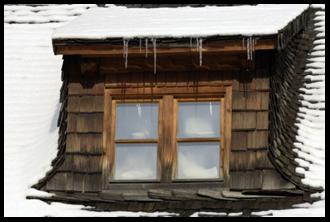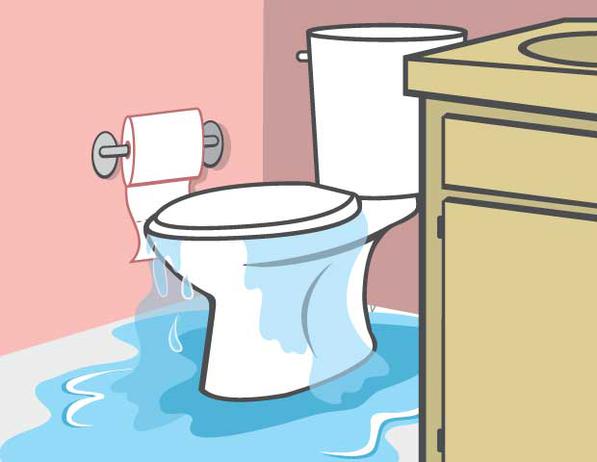 Freezing pipes due to a power outage or furnace failure are a big concern for homeowners who are traveling in the winter or have left their vacation home unoccupied. A frozen pipe can burst and cause thousands of dollars of damage to walls, floors, furniture and mementos. Fortunately, there are a range of remote monitoring devices available that will alert you if the temperature in your home plummets, giving you time to remedy the situation before the pipes freeze and burst. These devices are called freeze alarms, Internet thermostats and sometimes Internet freeze alarms, which is a slang description for the Internet thermostat. This tutorial will help you decide which type of alarm is best for you.
Freezing pipes due to a power outage or furnace failure are a big concern for homeowners who are traveling in the winter or have left their vacation home unoccupied. A frozen pipe can burst and cause thousands of dollars of damage to walls, floors, furniture and mementos. Fortunately, there are a range of remote monitoring devices available that will alert you if the temperature in your home plummets, giving you time to remedy the situation before the pipes freeze and burst. These devices are called freeze alarms, Internet thermostats and sometimes Internet freeze alarms, which is a slang description for the Internet thermostat. This tutorial will help you decide which type of alarm is best for you.
How are you Wired?
Selecting the right system starts with looking at how your home is wired for communications – do you have a landline telephone, cell phone service, or a high-speed Internet connection?
If have all three, then you have some choices to make. You can base your selection on how you want to be alerted: via telephone to your landline or cell phone, or via Internet to your computer or smart phone?
If you don’t have an Internet connection, then you will want a telephone-enabled freeze alarm. Note that a telephone-enabled freeze alarm needs access to a dial tone to call out. Your home’s landline phone will work just fine, but if you don’t have a landline phone, you can install a cellular terminal which allows the alarm to dial out via a cell phone signal. For more information on cellular terminals, see the blog article “Cellular Freeze Alarm: Does it Exist?”
Phone-enabled Freeze Alarm
Most basic freeze alarms will call out using a landline phone or cellular terminal to notify you when the temperature in your house drops below a set point. Basic freeze alarms have a fixed 45◦F set point. Depending upon the freeze alarm model you select, the telephone notification you hear will either be a beep, a pre-recorded voice or a recording of your own voice. More sophisticated models will recite the actual temperature in the room and can call multiple phone numbers. For additional information on freeze alarms, go to this Freeze Alarm Comparison Chart or watch this freeze alarm video.
Internet-enabled Freeze Alarms
If your house has a high-speed Internet connection and you prefer to receive temperature warnings by email or text message, an Internet thermostat is the answer. These devices do to everything the basic freeze alarm does and more. Because it interfaces with your home’s HVAC system, the Internet thermostat allows you to remotely adjust the temperature up and down and preset heating and cooling schedules. Optional add-ons typically include motion sensors, water leak and sump pump sensors, and humidity alerts. See http://www.diycontrols.com/t-internetthermchart.aspx for additional information on Internet thermostats.
Freeze alarms and Internet thermostats are both reliable ways to guard against the danger of falling winter temperatures and frozen pipes in your vacant home. Select the system that fits your budget, has the features you need, and works best in your home. If you don’t have a high-speed Internet connection, a simple freeze alarm will interface with your telephone and send you that critical alert when your pipes are at risk of freezing. If your home has a WiFi connection, consider investing in a fully-featured Internet thermostat that offers high and low temperature alerts plus remote temperature control capabilities and more.



